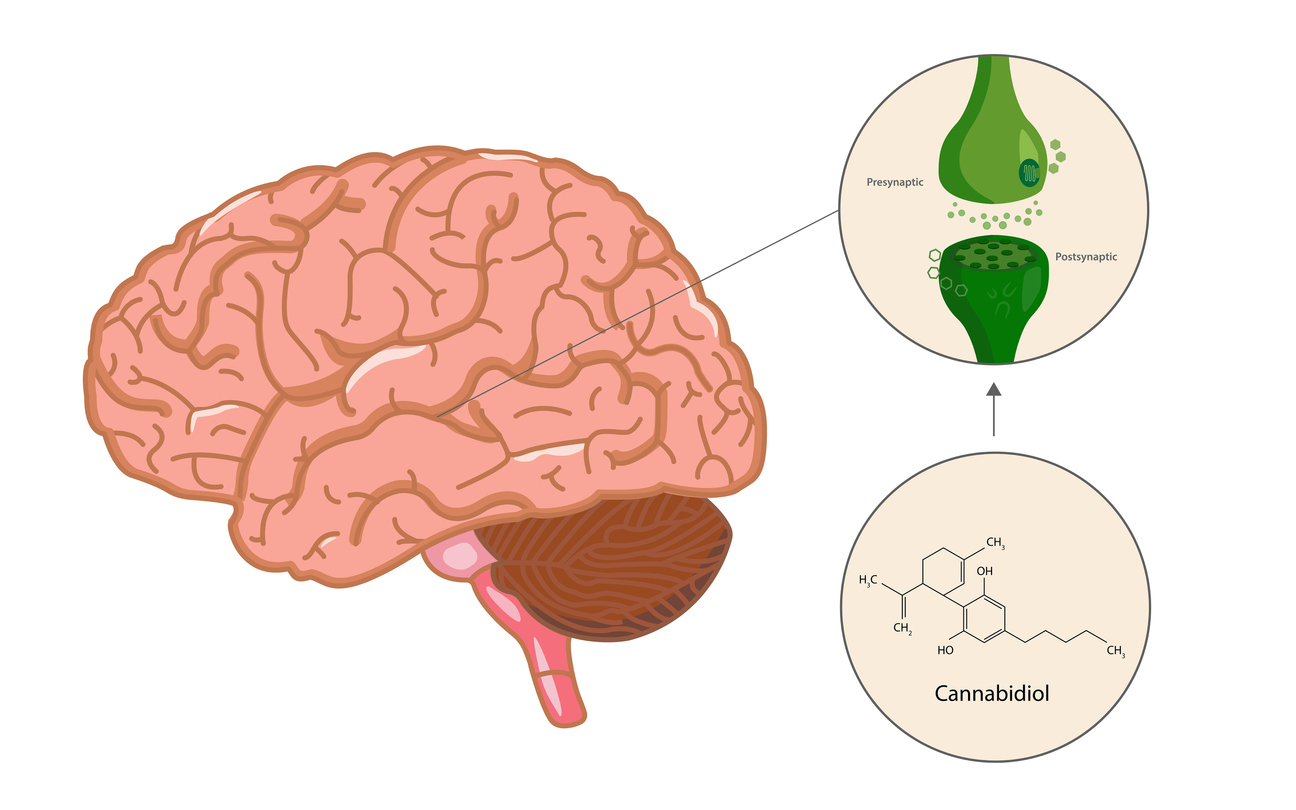Contrary to popular belief, food allergies are more than obvious immediate reactions that only afflict a small part of the population. According to allergy researcher and pioneer of clinical ecology Theron Randolph, M.D., food allergy is the most commonly undiagnosed illness in medicine today. Some physicians claim that at least 60 percent of the United States population suffers from symptoms associated with allergies. In addition, symptoms can be experienced several days after ingesting a particular allergen.
Allergy: definition and reaction:
An allergy is an immediate or delayed reaction resulting in an inflammation or irritation of tissues caused by a foreign sensitizing substance (antigen), and one of the body’s defense mechanisms.
According to James Braly, M.D., author of Food Allergy & Nutrition Revolution, 95 percent of adverse reactions to food allergies involve immunoglobulins such as IgG as opposed to IgE. Unfortunately, the reactions that stimulate the release of immunoglobulin IgE and its subsequent mast cell secretions are immediate food/symptom reactions. Namely, you consume the allergen and experience an immediate easily identifiable reaction. Since many physicians are taught to recognize only allergies in which IgE immunoglobulins are released, many people with delayed-onset food allergies such as those in which the immunoglobulins IgA, IgD, IgG and IgM are involved remain undiagnosed.
Four types of tissue-related allergy responses have been identified, and upon understanding them one can realize the importance of identifying a hidden food allergy.
Allergic hypersensitivity reactions (1)
Type I: Reactions occurring in less than 2 hours, characterized by IgE binding with a specific antigen resulting in leukocyte release of tissue irritant chemicals including leukotrienes, lysosomal enzymes, histamines, kinin- and bradykinin-like substances and dehydroascorbic acid, resulting in inflammation and irritation.
Type II: Cytotoxic reactions involving IgM and IgG immunoglobulins resulting in cell destruction.
Type III: Delayed reactions involving immune complex mediated reactions that can result in tissue injury if deposited in tissues. This type of hypersensitivity has been shown to involve IgG immunoglobulins.
Type IV: Delayed reaction not involving immunoglobulins. Primarily involves T-lymphocytes, resulting in inflammation 36 to 72 hours after contact.
After such an explanation one might wonder why and how anyone would or could continue to consume foods to which they are allergic. There are two reasons. First, with such a delay in some reactions, one may not even realize that their bodily complaints are associated with a particular food allergy. Secondly, some foods that we are allergic to may actually make us feel better.
Adaptation, addiction and maladaptation:
In the body’s never-ending quest to obtain psychological and biochemical balance in the face of any external and internal environment and to cope with the resulting discomfort due to the presence of an allergen (food mediated), the body responds with a surge of chemicals, including a group called opioids to obtain a tranquil endogenous state so that it can attempt to deal with the circulating immune complexes. During this short duration of opioid activity, the individual actually feels a high or relief of symptoms. So, in essence, the individual may actually feel better by ingesting the allergen. Now the individual may crave the food that is causing the allergic reaction. That is why a person’s most favorite food usually is the antagonist, creating such a negative immune response.
Maintaining this sense of a symptom-free state is called adaptation, a short-lived step in the allergy cycle. When an individual constantly ingests the allergen, the body begins to accept that it will be inundated with this foreign macromolecule and continues to disperse the chemicals necessary to achieve the aforementioned euphoric state, creating an addiction. However, this is finite. That is why many cases of prolonged allergen responses are associated with adrenal and other glandular system exhaustion.
One can easily draw an analogy between cigarette smoking and allergy adaptation. The first cigarette causes a feeling of nausea and dizziness, not to mention coughing. Then when one continues to smoke, the body responds by releasing various chemicals to try to create a state of tranquility while it tries to tolerate the toxic nature of the habit. All the while the individual is unaware of the damage occurring internally.
The habitual ingestion of the allergen can lead to maladaptation, which according to alternative medical physician Ralph Golan, M.D., is the inability of the body’s biochemical processes to correct or balance themselves. This is what leads to chronic illness and systemic symptoms.
Characteristics: (2)
Having a basic understanding of the biochemical cause and effect of the allergic response, one need look no further than a few well-researched books on the topic to obtain a list of signs and symptoms of voluminous differentiation. In the face of such diversity, who’s right? Well, understanding the nature of irritation and inflammation that can be attributed to an allergen, everyone is right. The following is just a small look into conditions associated with and signs attributed to allergies.
Conditions: Angina, Arthritis, Asthma, Colitis, Crohn’s disease, Eczema, Fibrositis, Malabsorption.
Signs: Dark circles and puffiness under eyes, feeling bloated after meals, nausea, canker sores, constipation and diarrhea, mucus in stools and excess in sinuses, rashes, rapid heartbeat, water retention, mental or physical fatigue upon rising in the morning or after meals, and changes in emotional and mental behavior.
Associated conditions:
When looking at any health situation from a holistic perspective, an individual must realize other causative factors that can be involved in developing food allergies. The following can contribute to food allergies: poor digestion; nutrient deficiencies; genetic relationship such as in celiac sprue and lactose intolerance; chemical sensitivities; candidiasis and intestinal parasites; a monotonous diet; high anti-nutrient intake such as refined foods, alcohol and trans-fatty acids; a high stress lifestyle; and overuse of various medications such as non-steroidal anti-inflammatory drugs and antibiotics.
Diary, elimination, challenge, rotation:
One must become a food sleuth in order to successfully solve the allergy puzzle. The best method of attack is to start a food diary listing everything that is eaten–including the herbs and seasonings used in cooking and nutritional supplements–and any symptoms experienced. In addition, analyze the food diary to find the most frequently eaten foods. Eliminate the foods associated with symptoms and those that are eaten repetitiously for at least 14 days. During the first week, if an allergen was eliminated, withdrawal symptoms of short duration might be experienced. In the second week attempt two tasks. First, single out possible food groups and seasonings and include them in the diary. Second, consume replacement foods on a four-day rotation diet. The purpose of this exercise is to single out individual herbs or seasonings that may be the culprit, so use one at a time, and to identify a possible gluten intolerance or whole food category intolerance. For the latter, judiciously record all symptoms experienced with each replacement grain and/or legume to rule out an allergy to a whole food family.
After the elimination period, try adding back each food one at a time leaving 72 hours between foods and recording any experiences in the diary. After this challenge period, add all safe foods that exhibit no negative repercussions back to the diet on a four-day rotation plan. The purpose of the rotation diet is to avoid any new allergies from forming. Use all-natural whole foods when planning your meals and substituting for allergens.
At this point the main objective is to enhance and improve digestion. When digestion is made more complete and quickened, the body reactivates its natural healing abilities and slowly decreases environmental and food allergies. Four basic steps will assist in improving digestion. First, work with a holistic health center that will help you identify your dietary allergies. Second, remain on a rotation diet until all allergies and food sensitivities are identified and eliminated. Third, study the efficacy of various herbs, foods and probiotics that enhance hydrochloric acid and pancreatic enzyme output, and assist in rebuilding healthy intestinal flora such as ginger, aloe vera, bromelain, lemon juice,fructooligosaccharides and lactobacillus acidophilus. Forth, practice a form of stress reduction such as meditation, yoga, deep breathing and visualization.
In summary, utilizing a holistic approach to identifying and eliminating dietary allergies can put an individual on the right path to optimum wellness. By examining associated conditions, analyzing the present diet, keeping a food diary, eliminating possible allergens, starting a rotation diet, enhancing digestion and practicing stress reduction techniques, one can solve a problem that affects more than 60 percent of the population. So remember, what is a normal healthy wholesome food for one individual can cause allergies in another individual. One person’s food can truly be another person’s poison. The next time you plan a meal or reach for a snack, ask yourself, “Is my diet making me sick?”
References:
1. Gell, P.G.H. and Coombs, R.R.A., Clinical Aspects of Immunology, Blackwell, Oxford, 1974. Grant, F. H., Food Hypersensitivity and Adverse Reactions: A Practical Guide For Diagnosis and Management, 2000. Ralph Golan, M.D., Optimal Wellness. (New York: Ballantine Books, 1995).
2. Golan, 235-237. James Braly, M.D., Dr. Braly’s Food Allergy & Nutrition Revolution. (Connecticut: Keats Publishing, Inc., 1992). Jonn Matsen, N.D., Mysterious Causes & Cures of Illness. (Canfield: Fischer Publishing, 1995).






